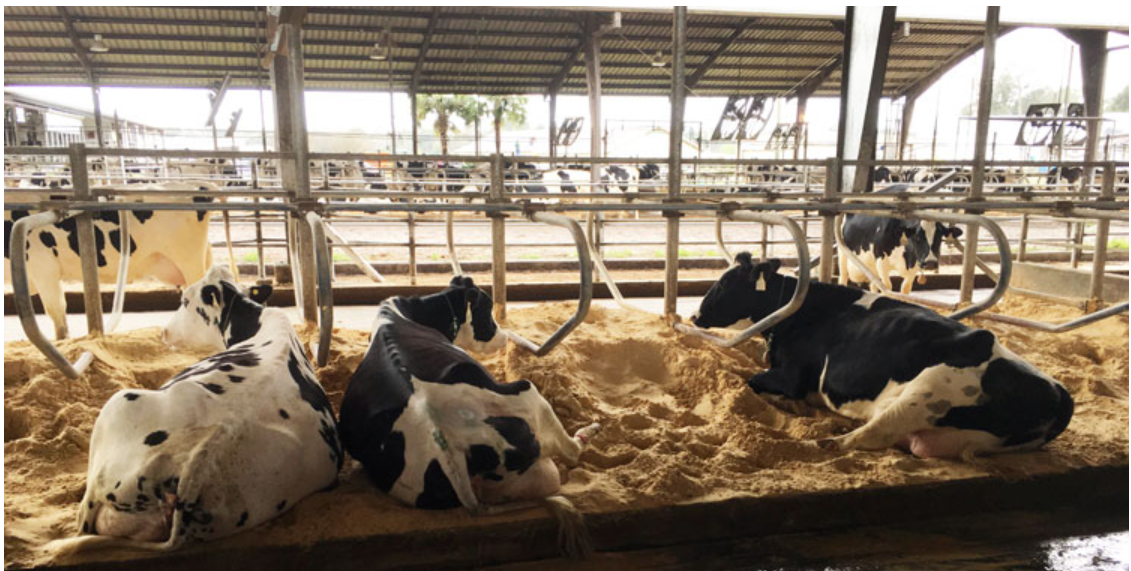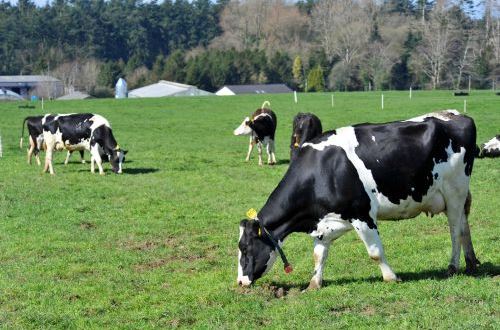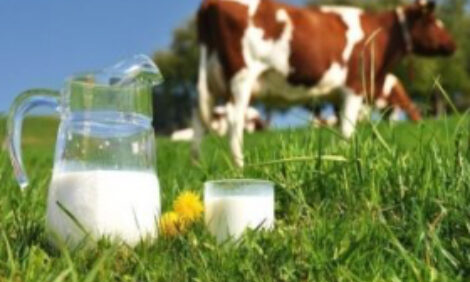



Misleading metrics – how standard climate measures obscure the impact of cattle emissions
Emerging research demonstrates that using climate impact measures like GWP100 and CO₂ Equivalence to measure greenhouse gas emissions can overestimate the climate burden of cattle production.A recent systematic review published in Environmental Impact Assessment Review (EIAR) suggests that existing climate effect measures can obscure the true impact of greenhouse gas (GHG) emissions from agriculture and cattle production. The researchers found that the metrics used to calculate emissions are being constantly revised – making it nearly impossible to compare emissions rates between different cattle production systems. The paper also noted that none of the metrics were standardised, causing wildly different impact measures depending on which metric researchers used.
The review analysed the carbon footprints of different beef farming systems and found that most studies reported emissions burdens as an aggregated CO₂ equivalence number. This was often expressed as a GWP100 (Global Warming Potential over 100 years) or GTP (Global Temperature Predictor) score. Many of the studies didn’t record or report emissions of other greenhouse gasses like methane (CH₄) or nitrous oxide (N₂O). This gap in the data is significant because methane and nitrous oxide have dramatically different lifespans after being released in the Earth’s atmosphere. These gasses also have different warming effects on the climate. Measuring their impact by assuming they will behave like CO₂ is can lead to faulty conclusions and analysis.
Based on the studies they reviewed, the researchers felt that impacts of cattle production on the climate weren’t as clear cut or generalisable as they initially appeared. Modifying the measurement system to account for different greenhouse gasses would give researchers and farmers a more accurate picture of the relationship between cattle emissions and climate change.
Background
Climate scientists have identified cattle production as a significant source of greenhouse gas emissions. Though evidence suggests that different production systems can influence the amount of emissions a farm creates, beef’s climate burden remains high.
In order to accurately measure the greenhouse gas emissions generated during production, researchers need to carry out a life cycle assessment (LCA) or carbon footprint. This involves tracking all the production, pre-production and processing inputs that create finished beef and measuring their climate outputs.

However, drawing scientific conclusions from disparate LCAs is complex. Imagine trying to evaluate a school’s quality by looking at student grades – it’s difficult to see how individual grades translate across different schools or districts.
In order to address this issue, researchers and policymakers have proposed expressing GHG footprints as CO₂ equivalence metrics instead of raw LCA data. This would be like looking at a school’s ranking to determine its quality as opposed to individual exam grades.
In order to create a CO₂ equivalence score, researchers equate all greenhouse gas emissions with carbon dioxide. This involves multiplying emissions of methane or nitrous oxide by a conversion rate that describes the amount of carbon that would be created in an equivalent climate impact. By doing this, all GHGs can be easily summed and presented as a unified score. This gives researchers and policymakers round numbers to work with.
Though this can make initial analysis easier, CO₂ equivalences can be arbitrary. The score doesn’t measure timescales, nor does it track the lifespans of different greenhouse gasses. This can be especially troubling when researchers measure the carbon footprint of cattle farms – the non-carbon emissions (like methane and nitrous oxide) can be heavily skewed by the conversion process.
Why it matters
Climate scientists report that different greenhouse gasses behave in specific ways. To accurately measure the impact of greenhouse gas emissions, researchers need to track the change in GHG concentrations and other climate pollutants over a specific time period. This would tell researchers how much the earth is actually warming. Relying on CO₂ equivalence can mask important dynamics in the Earth’s climate system. The same is true for metrics like GWP100 and GTP that rely on the same assumptions as CO₂ equivalence.
When it comes to beef production, the farming systems and methane burdens present a challenge for carbon footprinting. Farming inputs like diet, housing and transport have hugely variable climate impacts. When focusing on methane specifically, researchers note that the gas has a more potent heating effect than carbon. However, it doesn’t persist as long in the atmosphere. Mathematically converting methane to carbon dioxide for footprint measures won’t tell researchers the real impact of emissions.
Given the complexity of cattle emissions and their climate impacts, greenhouse gas footprints need to be presented as separate emissions of individual gasses. However, the EIAR publication found that the majority of academic papers exploring the climate effects of beef production only reported a CO₂ equivalence. Data wasn’t available for specific gas emissions.
This means that the underlying data couldn’t be analysed further – leaving researchers with limited information on GHG footprints. When they discussed the findings of the systematic review, the researchers felt that they couldn’t draw meaningful conclusions or conduct thorough investigations with the data. The scientific basis for reporting GHG emissions from beef cattle was misleading.
Available alternatives
Despite the nearly universal use of CO₂ equivalence metrics, researchers and policymakers can adopt new measures to track greenhouse gas emissions and climate change. Metrics like GWP* measure the change in rates of emissions of short-lived gasses like methane and compare it to the cumulative total emissions of long-lived gasses like CO₂ and N₂O. Using this metric would allow researchers to differentiate between new sources of methane and existing ones, meaning that the methane pulses from beef cattle can be accurately accounted for.
Read the full review in Environmental Impact Assessment Review.




